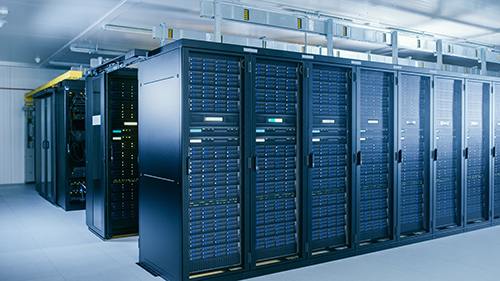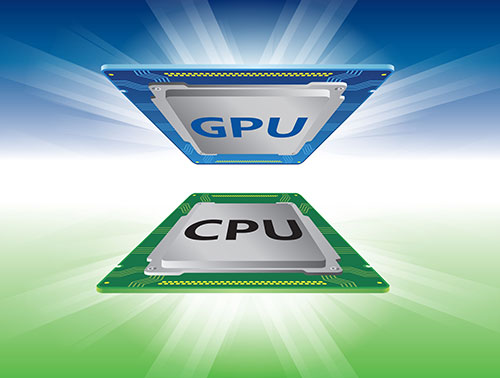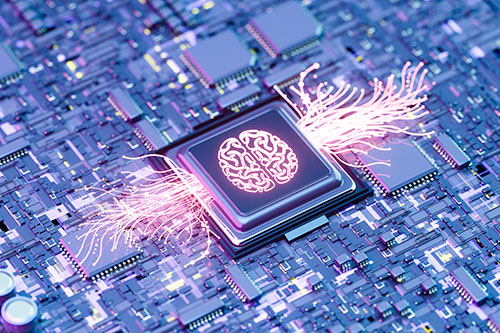The term “bare metal” is an apt description for a server class that invites ground-up customization. These machines begin as a blank slate of just hardware. Later, they end up with the power to deliver high-performance computing for enterprise-level applications.
Cloud service providers (CSPs) such as AWS and Google Cloud make available bare metal to provide their customers with single-tenancy servers, virtual machines and containers.
Once a bare metal server is deployed, the end user can install any OS and application software that’s supported by the system. Then they can customize the system to suit their unique needs.
To bare, or not to bare
The customization options and raw power available via bare metal servers make them a particularly good solution for resource-intensive workloads. These includes AI training, machine learning, video rendering, 3D modeling, and complex scientific simulations such as those used to predict the effects of climate change.
These kinds of workloads require consistent CPU and GPU power, high-speed storage and a ton of RAM. With these resources in place, users are free to operate massive databases, data lakes and warehouses.
However, bare metal is not the ideal solution for every use case. It can be complex to set up, meaning a deployment can slow organizations looking for a quick turnaround or rapid pivot.
Most users will also need some experience with system management. That’s because setting up bare metal requires IT managers to install and configure an OS and other vital software from scratch.
Bare metal vs. virtual servers
When choosing between bare metal and virtual servers, IT managers must carefully weigh the pros and cons of each solution.
Virtual solutions can be faster and more agile than bare metal. They also cost less. That makes it easier to launch a project quickly, scale it as demand grows, and tear the whole thing down if things don’t go as planned.
Another pro for virtual solutions is the ability to more cost-effectively create a global deployment. This means IT managers can set up a worldwide network of edge locations or global content delivery network (CDN) distribution in minutes.
Bare metal servers don’t always offer the same speedy deployment. Creating a global network of bare metal servers can end up being more expensive and time-consuming than a virtual solution.
The power of single tenancy
So if virtual servers are so compelling, why opt instead for bare metal? The answer has much to do with what’s known as single tenancy.
Each bare metal server is deployed for a single end user. So the user has access to 100% of the server’s resources.
By comparison, virtual servers provisioned by CSPs are nearly always multi-tenant devices. That means users share the hardware and software resources of the server with other users.
This, in turn, can lead to the “noisy neighbor” effect. This occurs when an application or virtual machine uses the majority of available resources, causing performance issues for neighboring users.
Multi-tenancy also introduces additional security concerns. You can’t always be sure your neighbors are good people. On a virtual server, cyber criminals can more easily hack neighboring applications.
Denying access to those neighbors in the first place means single-tenancy bare metal servers present fewer threat vectors.
Is bare metal really bare?
No, not 100%. But it’s not far off.
As far as the customer of a cloud service provider is concerned, bare metal servers come as bare as they can possibly be.
But CSPs need a way to keep track of usage so they can charge customers accordingly. This is accomplished with a thin layer of software that exists outside the end user’s environment, and it may use a certain (low) number of cores on each CPU.
Using this software, the CSP can monitor server uptime and track bandwidth, processing and storage resources. The management software layer also empowers the provider to provision and reboot the system should the need arise.
Evolving Solutions
Enterprise-grade IT infrastructure is evolving at breakneck speed. That includes bare metal servers, which become faster and more flexible with the release of new processing and storage tech.
That could signal more cost-effective solutions for SMBs hoping to become enterprises if their products achieve mass adoption. After all, the world’s best app will always fail if you can’t serve the data fast enough.
Do More:
- Read a Supermicro article: What is a bare metal cloud?












